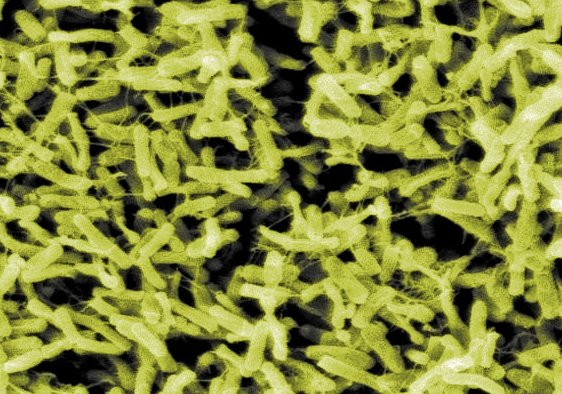It has long been known that humans are not the only tool-using animals. A wide variety of animals have been documented using tools, including apes, birds and dolphins. Belonging to the elite tool-using fraternity are a specific group of stone-using Burmese long-tailed macaques (Macaca fascicularis aurea). Although most long-tailed macaques do not use tools, the ones who live on Piak Nam Yai Island in Thailand do. They use stones to crack open the shellfish they find along the coastline.
This kind of tool use is cultural. That is, mothers teach their children how to use the tools. Macaques living in distant locations never learn the trick. This means that tool use can easily be extinguished if the few animals that have those skills die or stop using them. Unfortunately, Michael Gumert from Nanyang Technological University and his colleagues from Kyoto and Chulalongkorn Universities suggest that may be the case for the shellfish-smashing Thai monkeys.
After the 2004 tsunami that devastated the region, much of Thailand was rebuilt so that the island homes of the macaques became much more accessible to humans. For example, people have begun growing rubber and oil palm trees on Piak Nam Yai Island. Fishing, shellfish collection, logging and canal building have all changed the geography of the island and put the monkeys in closer contact with humans and their dogs.
The macaque groups with the most human contact had fewer offspring and spent less time along the coast. The presence of dogs particularly deterred the monkeys from approaching the coastline. Areas with more dogs also had few or no surviving baby macaques.
This has negative consequences for tool use in two ways. If the monkeys can’t get anywhere near the shellfish, there’s no need for them to use tools. And even if they did continue to use their stone hammers, with no offspring, there’s no one to teach the skills to. This does not bode well for uplifting macaques anytime soon.
The authors recommend that wildlife preservation programs take into account the unmolested coastal access macaques need in order to continue their stone-using tradition. While it’s true that the monkeys can adapt to other foods, forestalling their physical extinction, according to the authors, cultural extinction would be nearly as bad.
 Michael D. Gumerta, Yuzuru Hamada, Suchinda Malaivijitnond (2013). Human activity negatively affects stone tool-using Burmese long-tailed macaques Macaca fascicularis aurea in Laem Son National Park, Thailand Oryx DOI: 10.1017/S0030605312000130.
Michael D. Gumerta, Yuzuru Hamada, Suchinda Malaivijitnond (2013). Human activity negatively affects stone tool-using Burmese long-tailed macaques Macaca fascicularis aurea in Laem Son National Park, Thailand Oryx DOI: 10.1017/S0030605312000130.







